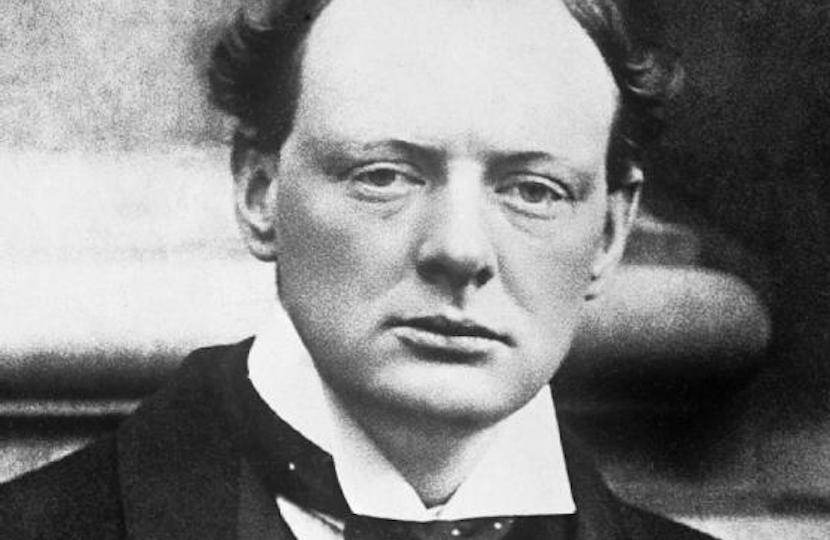
His brief stint at the Home Office in 1910-11 was not an unqualified success. There were setbacks as well as achievements. Alistair Lexden assessed some of the main features of his record in a book review, published in Parliament’s magazine The House on 17 April.
Churchill as Home Secretary: Suffragettes, Strikes and Social Reform 1910-11
By Charles Stephenson
Publisher: Pen & Sword History
There are around a thousand books about Winston Churchill. Yet another one requires a clear justification.
Charles Stephenson, a well-established author specialising chiefly in military history, has not uncovered serious errors in the existing accounts of Churchill’s brief period as Home Secretary in 1910-11. He seeks to supersede what is already in print about this short episode in Churchill’s career because he has delved into it more deeply than anyone else. In 200 pages, with another 60 listing references, he should satisfy the strongest appetite for detailed information about this aspect of the great man’s life.
Unlike many writers about Churchill, he is not an uncritical admirer. Indeed, hero worship is going out of fashion. But he avoids the growing new habit of condemning Churchill at every opportunity.
Aged 35 in 1910, Churchill was the youngest home secretary since Sir Robert Peel, the famous creator of the Metropolitan Police, in the 1820s. He lasted just 20 months in the post, one of the four great offices of state, before Herbert Asquith demoted him to the Admiralty, much to the satisfaction of the Conservatives whom he had deserted for a new home with the Liberals six years earlier. His former party loathed him.
Success mingled with failure in the young home secretary’s record. He was a major pioneer of prison reform. Thanks to Churchill, prisoners spent fewer hours in solitary confinement. Fewer offenders went to prison at all. Churchill reduced the total prison population, something that has eluded most of his successors.
Like most other home secretaries, however, he was unable to curb police misconduct. On 18 November 1910, some 300 suffragettes, with Mrs Pankhurst at their head, descended on Parliament. The police treated them with unsparing brutality, vividly described here.
Some women were knocked to the ground; others were pushed into the surrounding crowd. “ Clothes were ripped, hands thrust into upper and middle-class bosoms and up expensive skirts.”
When those arrested by the police were brought before magistrates the following day, Churchill’s representative announced that all charges were being dropped. The home secretary was bitterly criticised for preventing police misconduct being revealed in court.
Throughout his career, Churchill was unable to resist the lure of new ideas. In 1910-11, the study of eugenics was all the rage. Here, Churchill thought, was the answer to what he and many others believed to be a serious threat to the country’s future, caused by the growing number of people thought to be mentally ill, “the feeble-minded”, as he called them, who “presented a very terrible danger to the British race.”
He commended the idea of compulsory sterilisation to the cabinet. It was not a proposal of which he wanted to be reminded later in his career.
One name above all dominates the history of Churchill’s time at the Home Office: Tonypandy. He is execrated in Wales to this day for sending troops to shoot striking miners in this Rhondda Valley town in November 1910.
He did nothing of the kind. Serious disorder was suppressed without anyone being shot with the help of 300 unarmed London bobbies dispatched on Churchill’s orders. The troops arrived later.
The reason why the Tonypandy myth has proved indestructible is that it reflects a lasting sense of grievance. As an expert quoted in this solid, thorough book explains, “the bitterness towards Churchill, which has been passed down the years, stems from the fact that the troops’ presence made picketing impossible, and effectively broke the strike.”

